Introduction
In recent years, additive manufacturing—commonly known as 3D printing—has emerged as a transformative technology with the potential to revolutionize various industries. For NASA, this technology is not just an innovation but a game-changer that is redefining how space missions are designed and executed. The agency’s commitment to advancing additive manufacturing technology is poised to impact not only its own operations but also the broader aerospace industry and rocket makers globally. This article delves into NASA’s additive manufacturing project, exploring its significance, technological advancements, applications, and the future it promises for the space industry and beyond.
Overview of Additive Manufacturing
Additive manufacturing refers to a range of technologies that build objects layer by layer from digital models. Unlike traditional subtractive manufacturing methods, which involve cutting away material from a solid block, additive manufacturing adds material incrementally to create the desired shape. This process allows for complex geometries and customized designs that were previously challenging or impossible to achieve.
1. Basic Principles and Technologies
- Layer-by-Layer Construction: Additive manufacturing creates objects by depositing material layer by layer according to a digital blueprint. Each layer is a thin slice of the final product, and these layers are fused together to form a complete object.
- Materials Used: The technology supports a variety of materials, including plastics, metals, ceramics, and composites. The choice of material depends on the intended application and the properties required for the final product.
- Types of Additive Manufacturing: Several techniques fall under the umbrella of additive manufacturing, including Fused Deposition Modeling (FDM), Stereolithography (SLA), Selective Laser Sintering (SLS), and Direct Metal Laser Sintering (DMLS). Each technique has its own advantages and is suitable for different types of applications.
2. Advantages of Additive Manufacturing
- Design Flexibility: Additive manufacturing allows for intricate and complex designs that are often difficult or impossible to achieve with traditional manufacturing methods. This flexibility enables innovation and optimization of designs.
- Reduced Waste: By adding material only where needed, additive manufacturing minimizes waste compared to subtractive methods, where material is cut away and discarded.
- Rapid Prototyping: The technology enables quick production of prototypes, allowing for faster iterations and testing of designs. This accelerates the development process and reduces time-to-market.
- Customization: Additive manufacturing supports the creation of customized parts and products tailored to specific needs. This is particularly valuable in industries requiring bespoke solutions, such as aerospace and medical devices.
NASA’s Additive Manufacturing Project: Objectives and Goals
NASA’s additive manufacturing project is a key component of the agency’s efforts to advance space exploration and technology. The project aims to leverage the benefits of additive manufacturing to enhance mission capabilities, reduce costs, and improve overall efficiency.
1. Enhancing Space Missions
- Component Fabrication: Additive manufacturing allows NASA to produce complex spacecraft components that are lighter, stronger, and more efficient. This capability is crucial for optimizing spacecraft performance and extending mission lifespans.
- In-Space Manufacturing: One of the project’s long-term goals is to develop technologies for in-space manufacturing. By producing components and tools on-demand during missions, NASA can reduce the need for heavy and costly launch payloads.
- Surface Exploration: For missions involving planetary exploration, additive manufacturing can be used to create tools and equipment tailored to specific environments and conditions. This customization enhances the effectiveness of exploration activities.
2. Cost Reduction and Efficiency
- Lower Production Costs: Additive manufacturing can reduce production costs by eliminating the need for expensive molds and tooling. This cost savings is particularly significant for the production of small-batch or one-off components.
- Supply Chain Optimization: By producing parts on-site or on-demand, NASA can streamline its supply chain and reduce lead times. This efficiency is critical for meeting tight deadlines and managing mission resources.
- Reduced Inventory Needs: The technology allows for just-in-time production, reducing the need for large inventories of spare parts and components. This leads to cost savings and improved resource management.
3. Innovation and Research
- Materials Research: NASA’s project includes research into new materials suitable for additive manufacturing. This includes developing high-performance materials that can withstand the extreme conditions of space.
- Process Optimization: The agency is focused on optimizing additive manufacturing processes to improve accuracy, speed, and reliability. This research is essential for achieving the high standards required for space missions.
- Collaborations and Partnerships: NASA collaborates with industry partners, research institutions, and academia to advance additive manufacturing technologies. These partnerships foster innovation and accelerate the development of new solutions.
Technological Advancements and Innovations
NASA’s additive manufacturing project has seen significant advancements and innovations that showcase the potential of this technology in space exploration.
1. Advanced Materials
- High-Temperature Superalloys: NASA is developing superalloys capable of withstanding the high temperatures and stresses encountered during space missions. These materials are essential for components such as rocket engines and thermal protection systems.
- Lightweight Composites: The project includes research into lightweight composite materials that offer strength and durability without adding unnecessary weight. These composites are ideal for spacecraft and launch vehicle components.
- Radiation-Resistant Materials: For deep-space missions, NASA is investigating materials that can resist the harmful effects of cosmic radiation. These materials are crucial for protecting sensitive equipment and ensuring mission success.
2. Innovative Manufacturing Techniques
- Multi-Material Printing: NASA is exploring techniques for printing with multiple materials simultaneously. This capability allows for the creation of complex components with varying properties in a single manufacturing process.
- Large-Scale Additive Manufacturing: The project includes efforts to develop large-scale additive manufacturing systems capable of producing sizable spacecraft components and structures. This technology is essential for building habitats and other structures in space.
- In-Situ Manufacturing: NASA is working on technologies for manufacturing parts directly on the Moon or Mars. This approach reduces the need to transport materials from Earth and supports the development of sustainable exploration infrastructure.
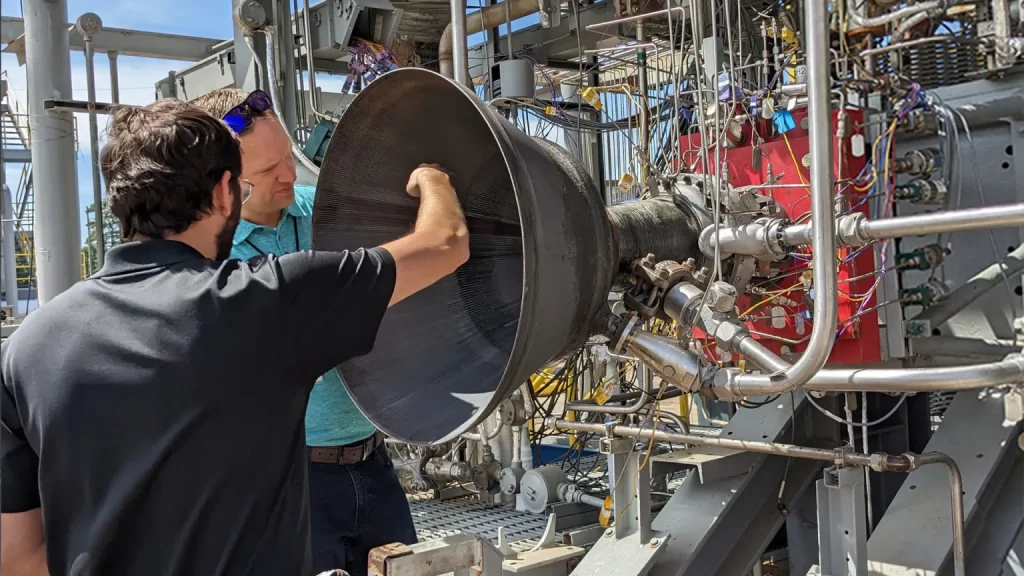
Applications and Impact on the Aerospace Industry
The advancements achieved through NASA’s additive manufacturing project have broader implications for the aerospace industry and other sectors.
1. Aerospace Industry
- Enhanced Rocket Design: The aerospace industry benefits from the development of advanced additive manufacturing techniques for designing and producing rocket components. This includes optimizing fuel injectors, combustion chambers, and nozzle parts.
- Satellite Manufacturing: Additive manufacturing enables the production of custom satellite components, such as antennae and housing structures. This capability supports the development of more advanced and efficient satellite systems.
- Spacecraft Assembly: The technology facilitates the assembly of spacecraft with complex geometries and integrated systems. This capability is essential for creating next-generation spacecraft with improved performance and functionality.
2. Broader Applications
- Medical Devices: Additive manufacturing is used to create customized medical devices and implants, such as prosthetics and surgical tools. The technology’s ability to produce patient-specific solutions has a significant impact on healthcare.
- Automotive Industry: In the automotive sector, additive manufacturing is employed for rapid prototyping and producing custom parts. The technology enhances design flexibility and accelerates product development.
- Consumer Goods: The technology supports the production of customized consumer goods, including fashion items, home decor, and electronic accessories. Additive manufacturing allows for unique and personalized products.
Future Prospects and Challenges
As additive manufacturing technology continues to advance, several future prospects and challenges need to be addressed to fully realize its potential.
1. Future Prospects
- Increased Adoption: The technology is expected to see increased adoption across various industries as its capabilities and cost-effectiveness improve. This includes expanding applications in aerospace, healthcare, and consumer goods.
- Integration with Other Technologies: Additive manufacturing will likely be integrated with other emerging technologies, such as robotics, artificial intelligence, and advanced materials science. This integration will drive innovation and expand the technology’s applications.
- Sustainability: The technology’s potential to reduce waste and enable on-demand production aligns with sustainability goals. Future developments may focus on enhancing the environmental benefits of additive manufacturing.
2. Challenges
- Material Limitations: Despite significant advancements, there are still limitations in the range of materials available for additive manufacturing. Ongoing research is needed to develop new materials with specific properties for various applications.
- Quality Control: Ensuring the consistency and reliability of additively manufactured parts remains a challenge. Developing robust quality control processes and standards is essential for meeting the high requirements of critical applications.
- Cost and Scalability: While additive manufacturing offers cost benefits for certain applications, scalability and cost-effectiveness remain challenges. Continued advancements in technology and production processes are needed to address these issues.
Conclusion
NASA’s additive manufacturing project represents a transformative step forward in space exploration and technology. By harnessing the power of additive manufacturing, NASA is redefining how spacecraft components are designed, produced, and utilized. The advancements achieved through this project have far-reaching implications for the aerospace industry, other sectors, and the future of space exploration.
As the technology continues to evolve, it promises to drive innovation, enhance efficiency, and open new possibilities for exploration and development. NASA’s commitment to advancing additive manufacturing underscores its dedication to pushing the boundaries of what is possible and shaping the future of space exploration and beyond.

















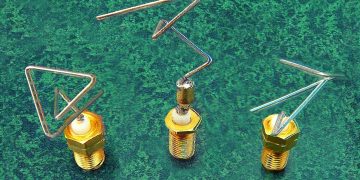




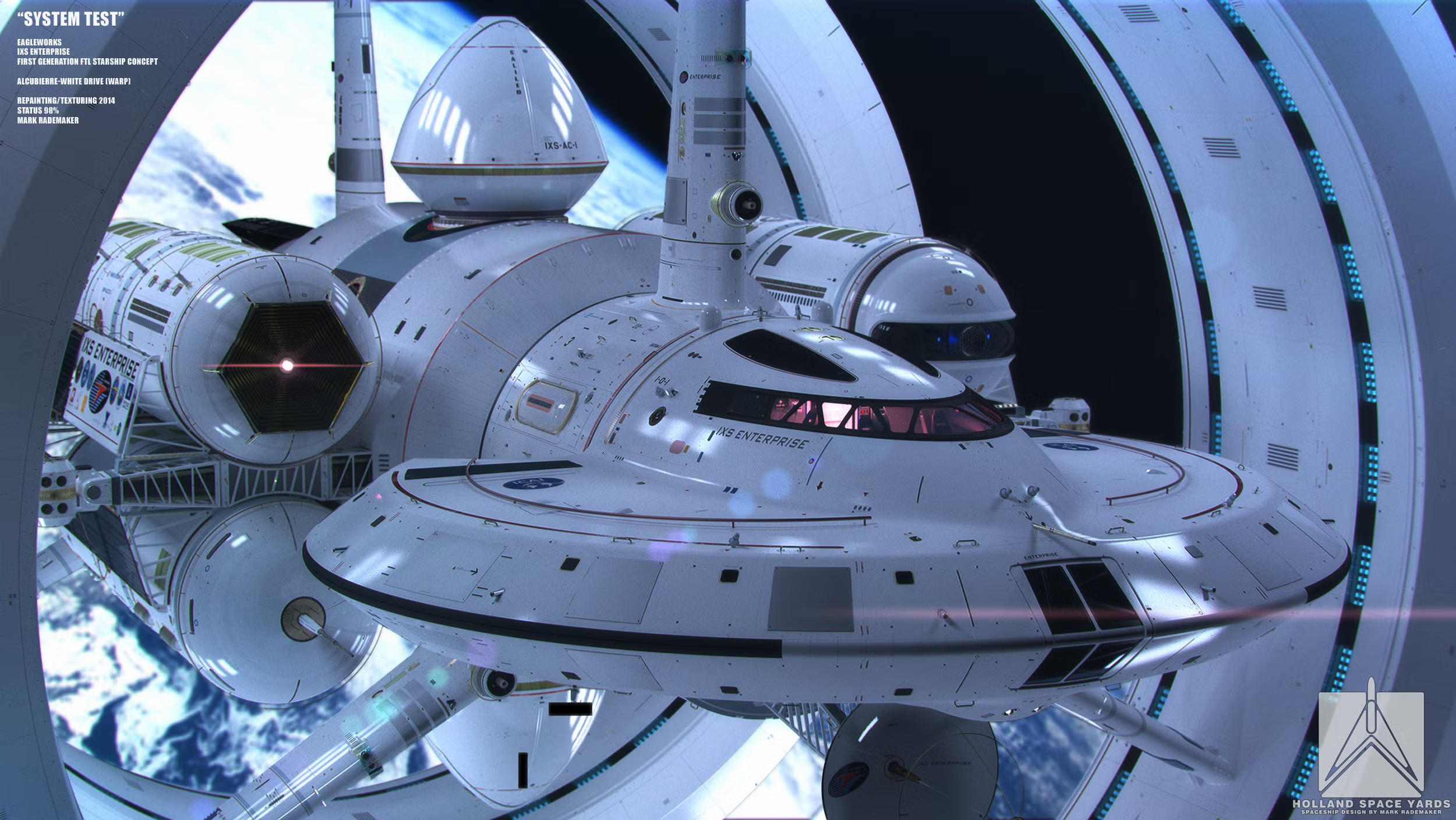



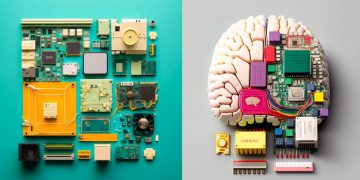


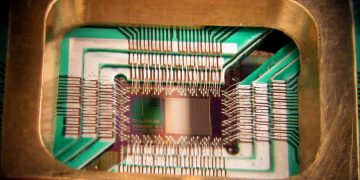

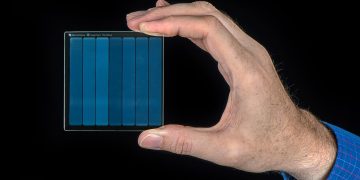

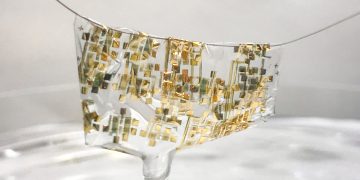

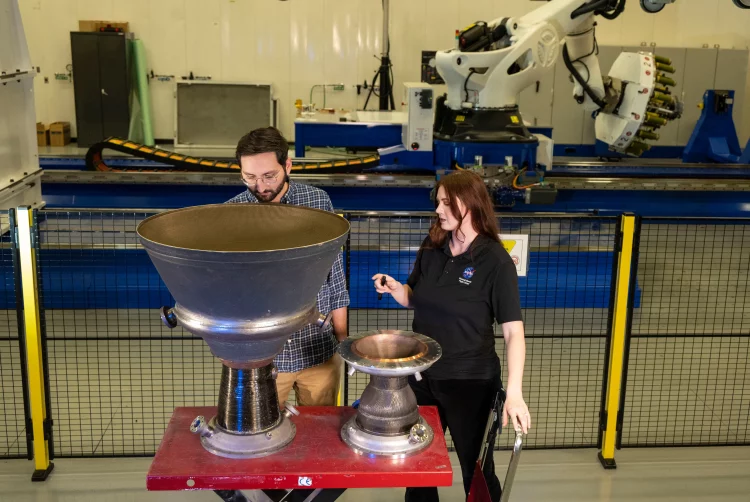












Discussion about this post